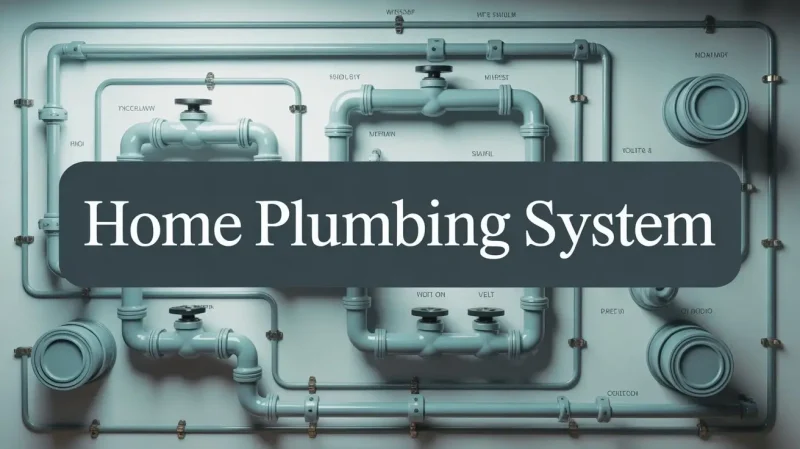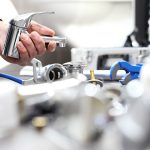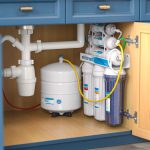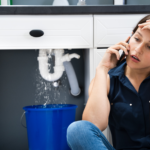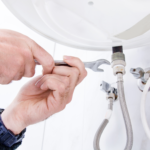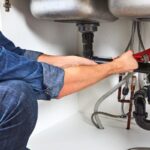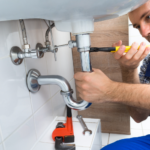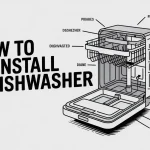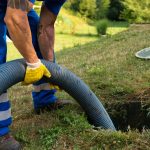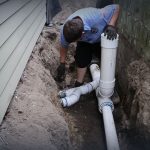A smooth-running home plumbing system is essential for comfort, hygiene, and safety. From providing clean drinking water to removing wastewater, plumbing supports every part of modern living. Yet, many homeowners rarely think about upgrading until a problem arises.
According to the Environmental Protection Agency (EPA), household leaks can waste nearly 1 trillion gallons of water nationwide each year. That’s enough to supply water to millions of homes. Regular maintenance and timely upgrades not only save water but also cut down on bills and improve your home’s efficiency.
This guide covers everything you need to know about improving your home plumbing system from spotting warning signs to installing modern upgrades, saving water, and embracing sustainable solutions.
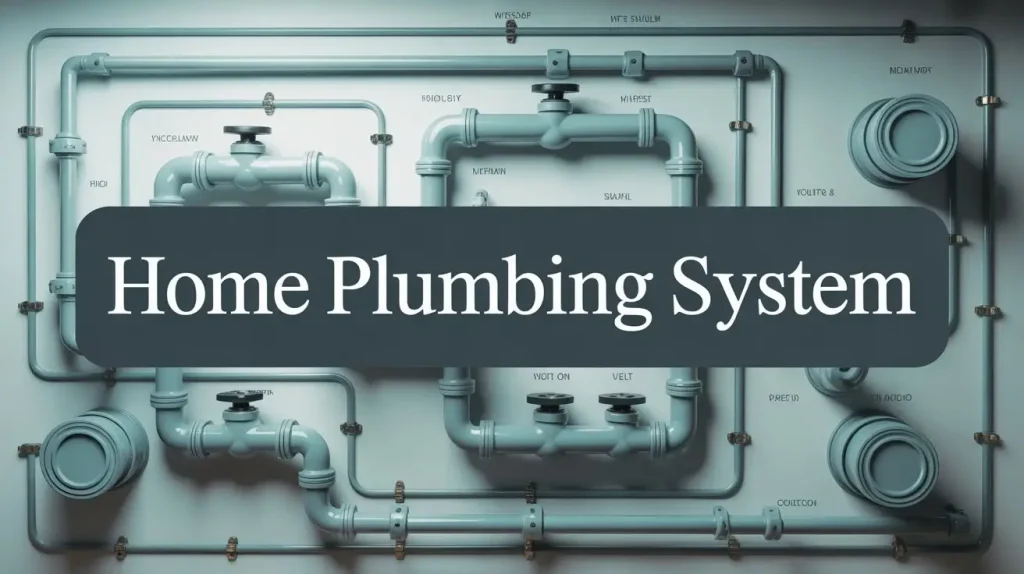
Content
Why Modern Plumbing Matters
A home’s plumbing system is more than pipes and taps. It involves a complex network of supply lines, drains, fixtures, and appliances. When updated, plumbing contributes to healthier living, energy efficiency, and even a rise in property value.
Everyday Benefits of Efficient Plumbing
- Steady water pressure for daily tasks.
- Reduced risk of water contamination.
- Lower monthly bills due to efficient systems.
- Increased comfort and convenience in the kitchen, bathroom, and laundry.
Well-maintained plumbing also protects your home from costly water damage caused by leaks and bursts.
Signs Your System Needs an Upgrade
Before upgrading, it’s important to recognize early red flags. Ignoring them can lead to serious issues.
Common Warning Signs
- Rust-colored water may signal pipe corrosion.
- Low water pressure could mean mineral buildup or leaks.
- Frequent clogs point to outdated or damaged drains.
- Unusual sounds in pipes often suggest trapped air or blockages.
- Unexplained high bills may indicate hidden leaks.
If you experience two or more of these issues, it’s likely time to consider upgrading your home plumbing system.
Popular Upgrades for Modern Homes
Upgrading doesn’t always mean replacing the entire system. Even small improvements can make a big difference.
Switch to PEX or Copper Piping
- PEX piping is flexible, affordable, and resistant to corrosion.
- Copper piping is durable and long-lasting, though more expensive.
Both are excellent replacements for outdated galvanized steel pipes.
Invest in Low-Flow Fixtures
Modern fixtures reduce water usage while keeping performance high. According to the EPA, switching to WaterSense-labeled faucets and showerheads can save 700 gallons of water annually per household.
Install a Tankless Water Heater
Unlike traditional models that store hot water, tankless heaters provide it on demand. They’re energy-efficient and last up to 20 years with proper care.
Smart Leak Detection Systems
These devices monitor water flow and send alerts via smartphone when they detect leaks. This protects your home from costly damage and saves water.
Water Quality Improvements
Clean water is non-negotiable for every household. Beyond piping, your plumbing system can be upgraded to improve water quality.
Whole-House Filtration Systems
These filters remove chlorine, lead, and bacteria from all incoming water. They provide safer drinking water and extend the life of appliances.
Softening Hard Water
Hard water contains minerals like calcium and magnesium, which can damage pipes and reduce soap efficiency. Installing a water softener protects your plumbing and improves daily use.
Smart Maintenance Tips
Good maintenance keeps your home plumbing system working efficiently.
- Annual inspections by a licensed plumber help catch small issues before they grow.
- Drain cleaning prevents clogs and bad odors.
- Insulate pipes in colder areas to avoid freezing in winter.
- Check water bills for sudden increases that may point to hidden leaks.
These habits extend the lifespan of your plumbing system and save on repair costs.
Sustainable Plumbing Choices
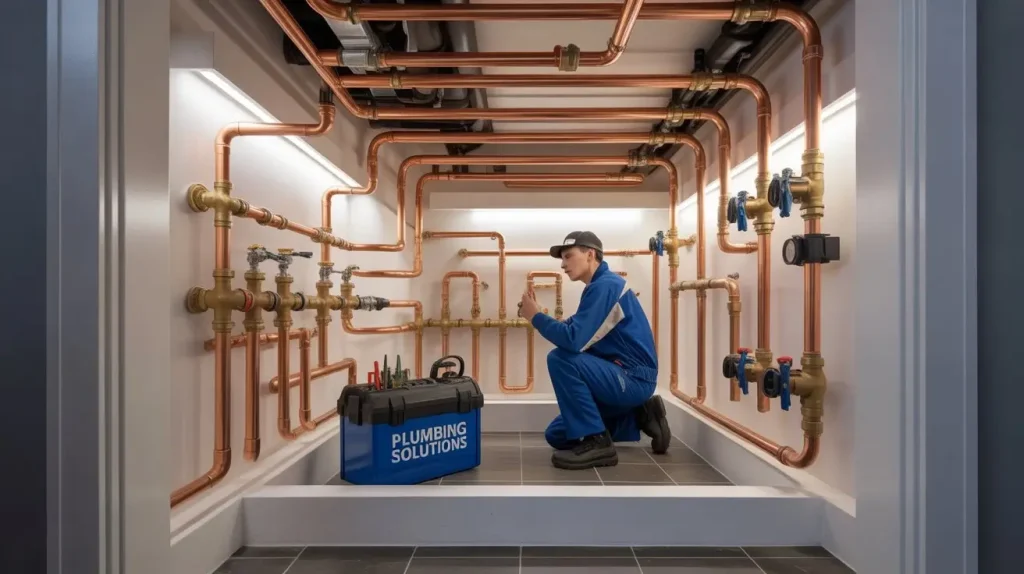
Sustainability has become an important element in home design. Choosing eco-friendly home plumbing fixtures and upgrades not only lowers costs but also minimizes environmental impact.
Green-Friendly Solutions
- Greywater systems recycle water from sinks, showers, and laundry for outdoor use.
- Rainwater harvesting collects water for irrigation, saving municipal supply.
- Eco-conscious materials in pipes and fixtures minimize environmental harm.
Homeowners who adopt sustainable plumbing solutions enjoy a healthier lifestyle while contributing to conservation efforts.
DIY vs. Professional Help
It’s tempting to fix small plumbing problems on your own, but knowing when to call a professional is crucial.
When DIY Works
- Unclogging a sink with a plunger.
- Replacing showerheads or faucets.
- Fixing minor leaks under sinks.
When to Call a Plumber
- Pipe replacements or rerouting.
- Water heater installation.
- Sewer line repairs.
- Complex leak detection.
Hiring a professional ensures compliance with building codes and guarantees long-term reliability.
Cost of Upgrading Your System
The cost of upgrading depends on the type and scale of work.
- Minor upgrades like installing new fixtures: $200–$500.
- Pipe replacements: $1,500–$5,000 depending on home size.
- Full system replacement: $10,000–$15,000 for older houses.
While costs may seem high, modern upgrades save thousands over time through lower bills and fewer repairs.
Future of Plumbing Systems
Technology is reshaping plumbing systems. Smart devices and sustainable practices are becoming mainstream. In the next decade, homes will likely see more:
- AI-based water monitoring.
- Smart toilets with energy-saving features.
- Enhanced recycling of household water.
These innovations promise more efficient and environmentally responsible homes.
Conclusion:
Upgrading your home plumbing system is more than just fixing leaks—it’s about improving efficiency, comfort, and sustainability. From replacing old pipes with PEX, adding water-saving fixtures, and installing smart leak detectors, modern upgrades make a big difference. Regular maintenance, water filtration, and eco-friendly choices can extend your system’s life and protect your home.
A strong plumbing system doesn’t just support your lifestyle—it safeguards your investment. By taking simple steps today, you ensure your home remains healthy, efficient, and ready for the future.
FAQs about Home Plumbing System:
Q1: What is the basic plumbing system in a house?
The basic plumbing system includes water supply lines, drainage pipes, and fixtures that deliver clean water and remove wastewater safely.
Q2: What are the three categories of a house plumbing system?
The three categories are water supply, drainage, and vent systems. Together, they ensure fresh water comes in and wastewater flows out properly.
Q3: What type of plumbing do most homes have?
Most modern homes use copper, PEX, or PVC pipes. These materials are durable, safe, and designed to handle both hot and cold water efficiently.
Q4: What are the three main types of plumbing systems?
The three main types are potable water, sanitary drainage, and stormwater drainage systems, each serving a vital role in home plumbing.

Viola Moore is a dedicated home improvement blog author who has a passion for writing. She enjoys blogging about all sorts of topics, from interior design to landscaping and more! She loves the outdoors and spending time in nature with her family. She also likes to bake in her free time.

